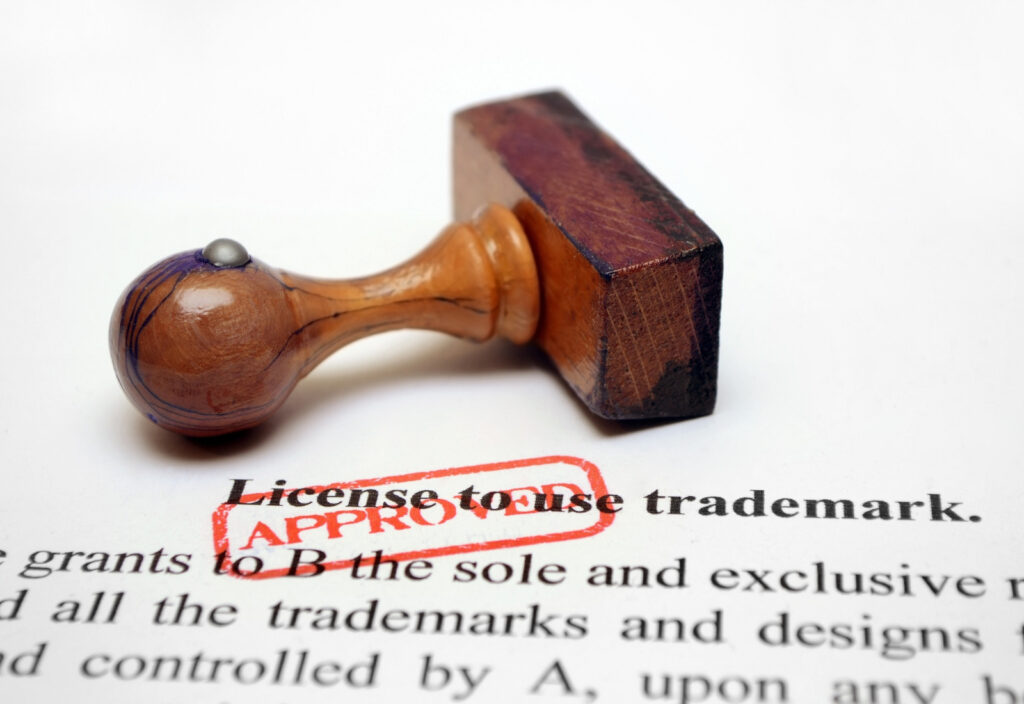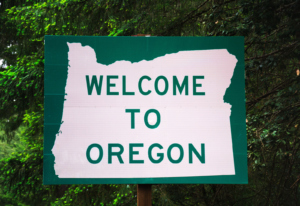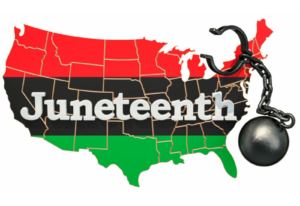Registering your trademarks is a critical step for protecting your brand – but it’s definitely not easy to figure out without experience. Trademarks are unique identifiers, most often company or product names or logos, but slogans, hashtags, and even 3D shapes, sounds and scents can also constitute trademarks, if used in connection with specific products or services. Here’s is a simple rundown of the process for registering your trademarks with the United States Patent and Trademark Office (USPTO). While the process may seem straightforward, there can be lots of pitfalls, so it’s always a good idea to consult with someone experienced in the process.
- Run a trademark search (also known as a clearance or screening). The goal is to identify registered or prior-applied trademarks that are identical or similar to yours, and could therefore prevent the registration of your trademark. USPTO’s own searchable database (TESS) is the main tool used for this step. A search is not mandatory, but highly recommended to avoid unpleasant surprises as you proceed.
- Select an owner for the trademark. Sometimes the owner’s identity is clear, but not always: An individual who does business through an LLC, for example, has the choice of applying in their own name or the LLC’s. By the same token, this might be a good time to establish an LLC, though, again, as an individual you can own and register your trademarks.
- Identify the goods and/or services to be included in the application. Trademark rights are linked to specific goods and/or services: Use of a trademark in connection to garden plants does not generally give rise to rights over the same trademark in connection to, for example, cars. Goods and services are classified into 45 classes. USPTO filing fees are determined according to the number of classes listed on the application. There are several resources for determining the right trademark class, including the Trademark ID Manual, which also lists goods and services descriptions that have been approved by USPTO. You can customize descriptions, but will need to pay higher filing fees when registering your trademarks.
- NOTE that some cannabis-related goods and services are not eligible for federal trademark protection, on account of their unlawfulness under federal law. Registering your trademarks at the state level might be an option, which brings with it certain other benefits, including lower costs and shorter processing times.
- Complete the application for registration of your trademark, providing basic information about the owner, trademark, and goods and services, including specimens and dates of first use, in the case of trademarks already in use. In the case of logos and other marks with graphic elements (such as stylized versions of words), an image that meets USPTO’s size and pixel requirements must be uploaded.
- Applications to register trademarks not currently in use can be filed (intent-to-use basis), but registration itself can only take place after the trademark is used. See Cannabis Trademarks: Don’t Forget the Basics! for more information.
- Note that an application covers only one trademark. If you want to register, for example, both your company name and logo, registering your trademarks will require two separate applications to be filed.
- Pay the fee and submit. For applications using pre-approved goods and services descriptions, the fee is $250 per trademark class. For applications using customized goods and services descriptions, the fee is $350 per trademark class.
- It is taking USPTO 9-10 months to conduct its examination of applications. If there are no issues, the mark will be published for opposition, giving others 30 days to oppose your registration. If no opposition is filed within those 30 days, registration of your trademark will follow, generally within two months of the end of the opposition period.
- If there are issues that need to be addressed, such as problems with the goods and/or services descriptions, or likelihood of confusion with other trademarks, USPTO will issue an office action, normally giving you three months to respond. Should the issue be addressed successfully and the USPTO objections are overcome, the trademark will proceed to publication (see above).
- Once the mark is registered, you are done for five years, when you will need to present a Declaration of Use. The registration needs to be renewed every ten years, with a Declaration of Use accompanying the renewal.
Registering your trademarks with USPTO is an essential move to safeguarding your brand. In turn, properly following the application steps outlined above is critical, to increase the chances of a successful application. To avoid delays, be sure to seek expert advice if you are unsure about a part of the process.

























